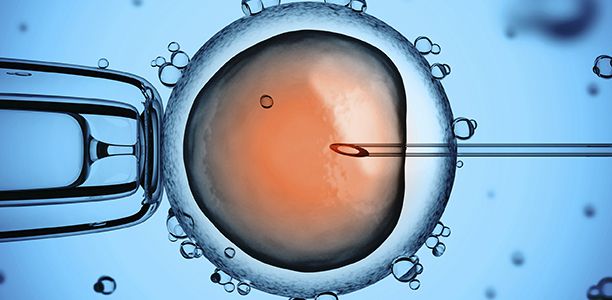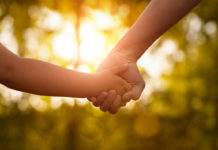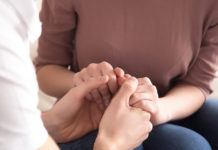New Zealand and Australia are world leaders when it comes to safe IVF practice thanks to their focus on single-embryo transfer, according to the Assisted Reproductive Technology in Australia and New Zealand 2012 report released today by the National Perinatal Epidemiology and Statistics Unit at UNSW Australia.
The report confirms that New Zealand and Australia are leaders in this field of medicine. Multiple births are by far the greatest health risk to mothers and babies from IVF, and multiple embryo transfer clearly increases this risk. Rates of IVF multiple births in New Zealand and Australia are among the lowest in the world (6.6% in Australia and 5.2% in New Zealand).
The vast majority (76.3%) of IVF cycles in both countries involve single-embryo transfer. For comparison, multiple birth occurs in about 30% of IVF births in the United States and in about 18% in the United Kingdom.
“These results make Australia and New Zealand the safest region in the world for women to have IVF,” says Associate Professor Mark Bowman, President of the Fertility Society of Australia (FSA), which funds the annual report and national IVF register.
“Australia and New Zealand have the lowest ART multiple birth rates of any region in the world and yet maintain consistently high success rates,” he says.
The annual report showed an increase in the number of IVF treatment cycles performed, from 61,929 in 2008 to 70,082 in 2012 (5177 of these from New Zealand resulting in 1286 babies). These latest figures represent 13.7 cycles per 1,000 women of reproductive age in Australia, compared with 5.7 cycles per 1,000 women of reproductive age in New Zealand. The number of cycles per woman also differs between Australia (1.9 cycles) and New Zealand (1.5 cycles).
“Such differences in utilisation are likely to be associated with the different funding and eligibility criteria in New Zealand. I hope that in the future some adjustments to the eligibility criteria can be made to enable more couples in New Zealand to have a family,” says Professor Cindy Farquhar, Department of Obstetrics and Gynaecology, University of Auckland and National Women’s Health, Auckland District Health Board.
For all age groups across New Zealand and Australia, where women used their own eggs, 22.8% of fresh embryo transfer cycles resulted in a birth and 22.2% of frozen/thawed embryo transfer cycles resulted in a birth.
Birth rates were much higher for younger women. Among those aged 30–34, the birth rate was 32.3% for fresh cycles and 26.4% for frozen/thawed cycles. For women aged over 44, it was less than 1.6% and around 5.4% respectively.
The report also showed advances in technology and clinical practice have resulted in more than a 20% increase in the birth rate for frozen/thawed embryo transfers in the past five years, rising from 18% to 22%.
A four-year review of the cohort who had their first IVF cycle in 2009 showed the best chance of success is the first treatment cycle. However, the birth rate also remains quite consistent over the next seven cycles.
The Assisted Reproductive Technology in Australia and New Zealand 2012 report contains data about IVF cycles undertaken in 2012 and the resulting babies born in 2012 and 2013. The data is maintained by the National Perinatal Epidemiology and Statistics Unit at UNSW on behalf of the FSA.
(Source: UNSW)











